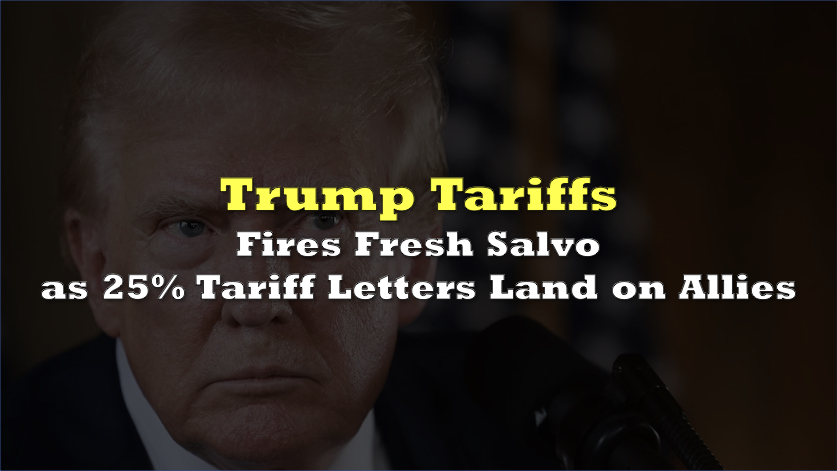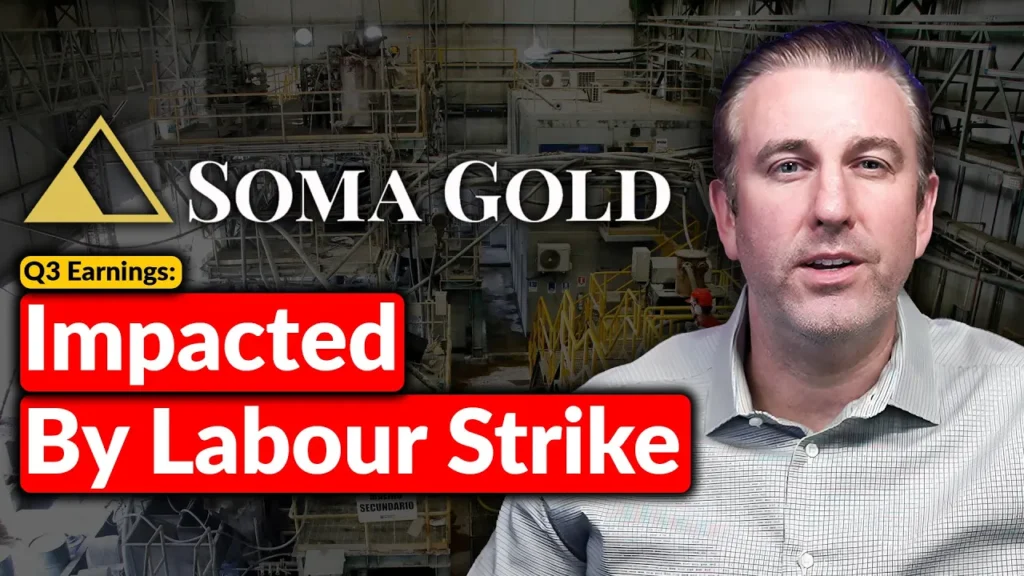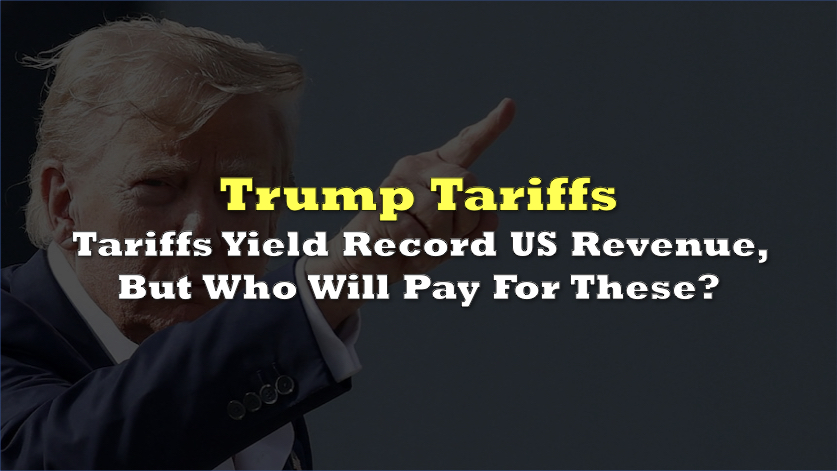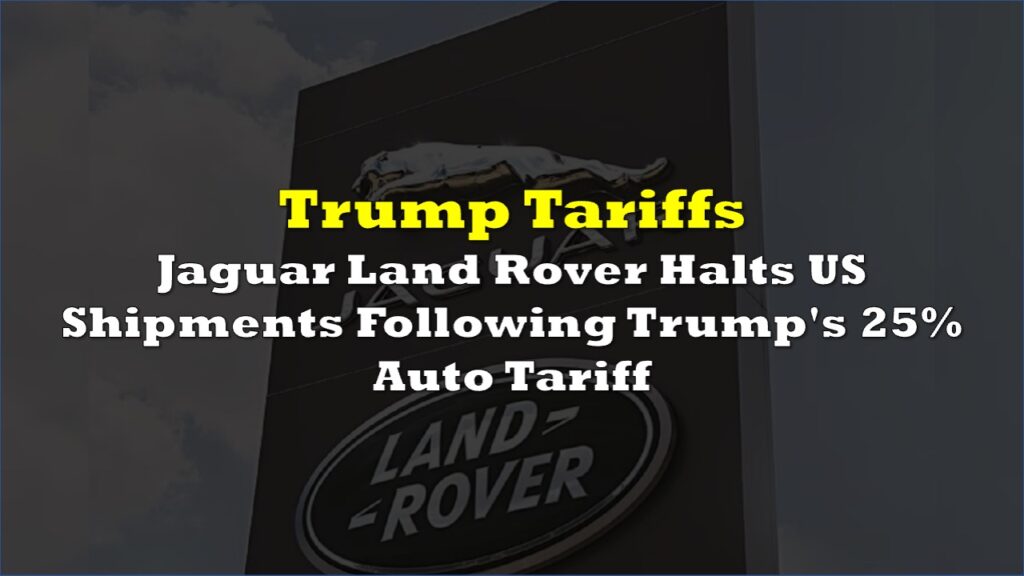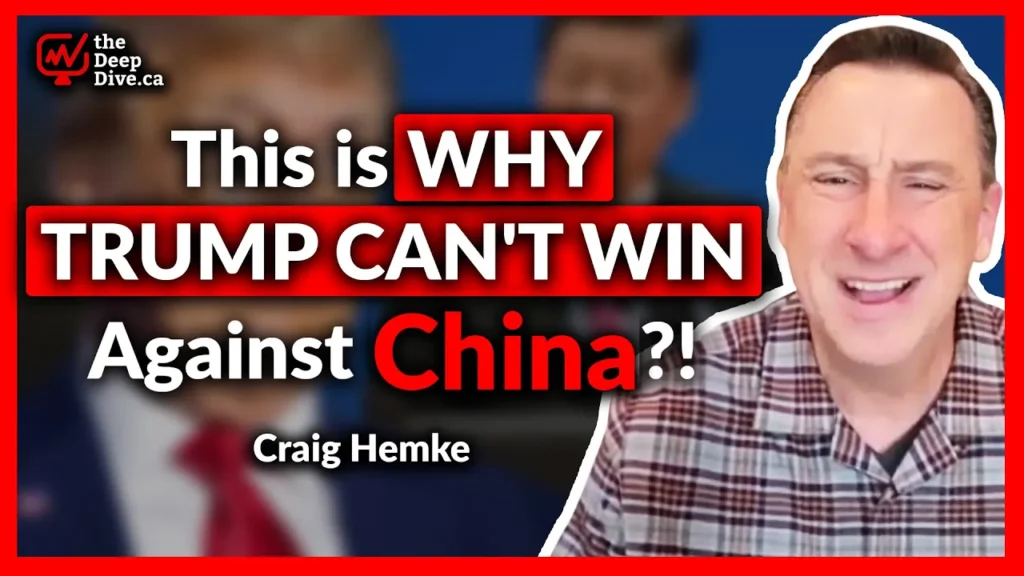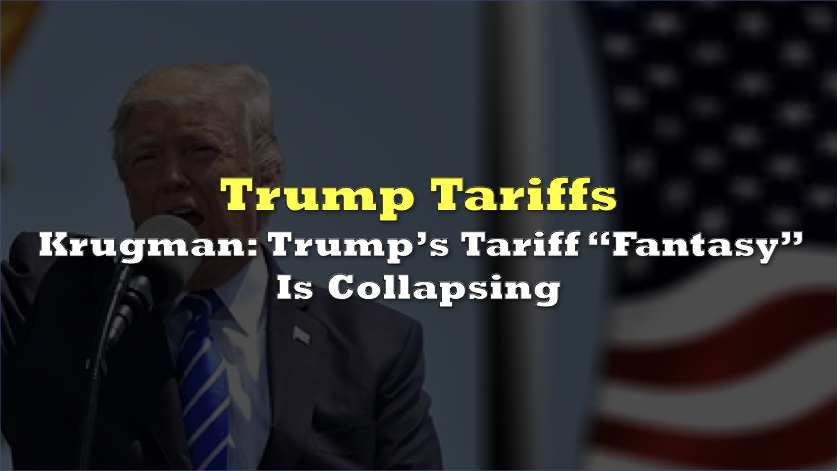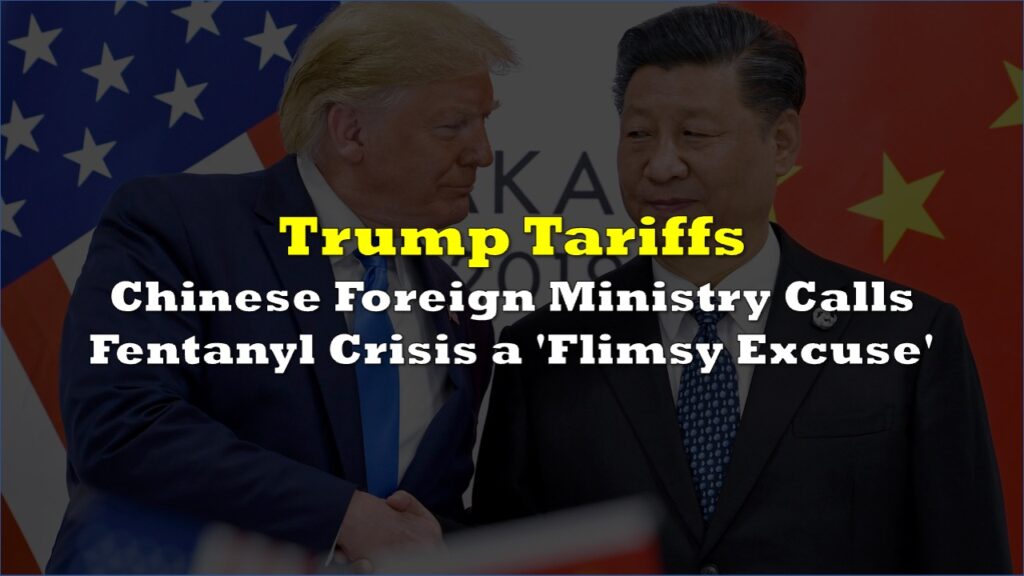Treasury Secretary Scott Bessent says the White House mailed tariff notices to “about 100” capitals at noon on Monday—many of which “never even contacted” during the 90-day negotiating pause that expires on July 9. The letters lock a 10% base rate for now but warn of a 25% snap-back on August 1.
*BESSENT: 100 COUNTRIES NEVER CONTACTED US
— Spencer Hakimian (@SpencerHakimian) July 6, 2025
So half the countries on earth didn’t even bothered making a single phone call to the United States in the past 90 days?
And we seriously think we’re the world’s leader still?
Twelve countries did hear from US, according to Bessent, yet most of the trade deficit’s “other half” did not. The administration therefore began unilaterally setting numbers. Cambodia will face 36%, Bangladesh and Serbia get each 35%, Bosnia with 30%, Indonesia with 32%, and Tunisia with 25%.
*TRUMP NEW TARIFFS:
— Spencer Hakimian (@SpencerHakimian) July 7, 2025
36% on Cambodia
35% on Bangladesh
35% on Serbia
30% on Bosnia
32% on Indonesia
25% on Tunisia
Kazakhstan joins the list at 25% tariff, which could rattle the nuclear fuel market. The Asian country supplied one-quarter of US uranium purchases as recently as 2022, second only to Canada. Utilities already scrambling to replace banned Russian material now stare at an extra duty on Kazakh yellowcake—bad news for US enrichers trying to scale up before 2028 waiver deadlines.
*US TO IMPOSE 25% TARIFF ON IMPORTS FROM KAZAKHSTAN: TRUMP
— zerohedge (@zerohedge) July 7, 2025
Two marquee allies received identical 25% threats. Trump’s copy-paste identical letters to President Lee Jae-myung and Prime Minister Shigeru Ishiba accuse South Korea and Japan of “tariff, non-tariff policies, and trade barriers” and brand their bilateral deficits “a major threat to our National Security.” The president offers to waive the levy if production shifts to US soil, adding that any retaliatory duty abroad “will be added onto the 25% we charge.”
However, the trade agreement between US and South Korea (KORUS), ratified in 2012, already eliminates nearly every tariff between Washington and Seoul; a blanket 25% charge would breach multiple provisions unless cloaked by a national security escape clause.
Unlike most of the countries Trump is shaking down with tariffs, South Korea has a free trade agreement with the U.S. (KORUS) that was ratified by Congress.
— Aaron Fritschner (@Fritschner) July 7, 2025
The Constitution gives control of trade policy entirely to Congress, the president has no legal authority to do this. https://t.co/AA8Lt0bHJq
As what have been discussed many times before, these tariffs could spell rapid heating of the global economy. Toyota and Hyundai depend on US buyers for more than a quarter of global sales and a 25% tariff erases the price gap they use to fight domestic EV credits. Retailers such as Walmart have front-loaded autumn inventories in anticipation of an August snap-back. Analysts at JP Morgan estimate the average landed cost of low-margin apparel big US retailers import from Bangladesh will rise 11% under a 35% duty, forcing either price hikes or supplier exits.
The other territories are still on hold for negotiations. EU pushes for an “agreement in principle” that leaves a 10% blanket rate but caps auto and steel duties, India signals it may lower farm barriers to avoid 27% tariffs, and Canada resumes talks after shelving its proposed digital services tax. Yet negotiators concede that “90 deals in 90 days” has shrunk to “perhaps a dozen” before the deadline.
Nevertheless, countries have a choice of either sprinting to signatures that codify single-digit tariffs or the US promises to reimposes the April rates that are as high as 50% on the first day of August.
Information for this story was found via the sources mentioned. The author has no securities or affiliations related to the organizations discussed. Not a recommendation to buy or sell. Always do additional research and consult a professional before purchasing a security. The author holds no licenses.

